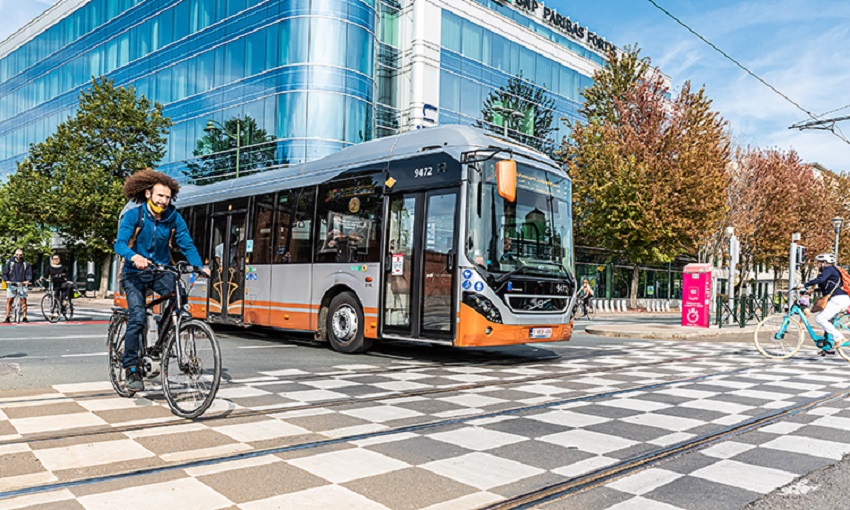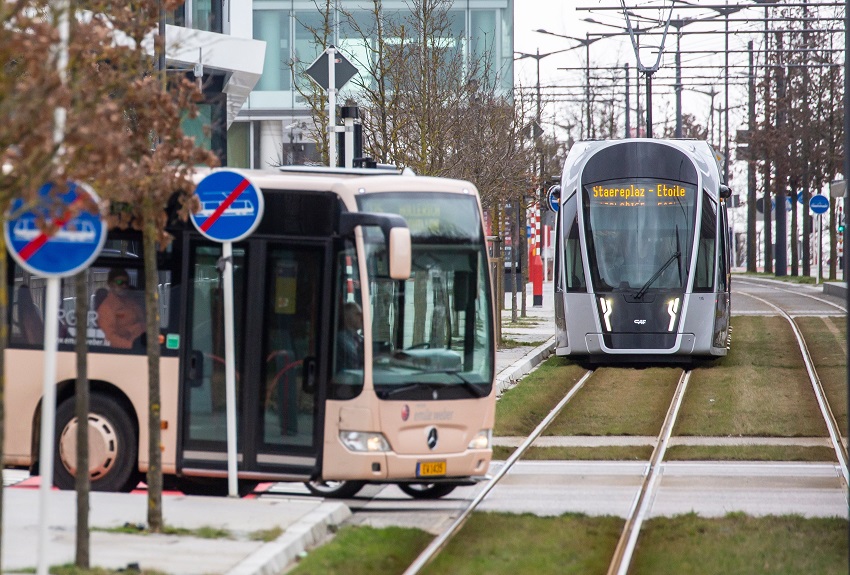
27 Jul What are the Advantages and Disadvantages of Public Transport?
In today’s fast-paced world, efficient and reliable transportation is a crucial aspect of modern life. As cities grow, so does the need for an effective transportation system that can accommodate the increasing number of commuters and travelers. Public transport plays a vital role in addressing this need, offering a range of benefits that can positively impact individuals, communities, and the environment. However, like any other system, public transport also has its drawbacks. In this article, we will delve into the advantages and disadvantages of public transport, exploring its impact on various aspects of our lives. This article is provided by hellobmw.com
Advantages of Public Transport
1. Cost-Effectiveness
One of the most significant advantages of using public transport is its cost-effectiveness. Compared to owning and maintaining a private vehicle, the expenses associated with using public transport are relatively lower. With public transport, you can save on fuel costs, parking fees, maintenance, and insurance expenses. This makes it an attractive option, especially for budget-conscious individuals or those who do not require a car for daily commuting.
2. Environmentally Friendly
Public transport, such as buses, trains, and trams, generally produces fewer emissions per passenger compared to individual vehicles. By opting for public transport over private cars, we can collectively reduce our carbon footprint, contribute to improving air quality, and combat climate change. Embracing public transport is a step towards a greener and more sustainable future for our planet. Let’s discover about public transport.
3. Reduced Traffic Congestion
Traffic congestion is a common issue in urban areas, leading to wasted time, increased stress levels, and higher fuel consumption. Public transport can help alleviate this problem by taking more cars off the roads. When more people use public transport, there are fewer vehicles clogging the streets, leading to smoother traffic flow and reduced congestion.
4. Safety and Professional Drivers
Public transport vehicles are typically operated by professional drivers who are trained to prioritize passenger safety. They are well-versed in road rules and driving techniques, reducing the risk of accidents. Moreover, public transport providers adhere to strict safety regulations, ensuring that passengers can travel with peace of mind.
5. Access to Various Locations
Public transport networks are designed to connect different parts of a city or region. They offer access to areas that might be difficult to reach by private vehicles or where parking is limited. This accessibility is particularly beneficial for individuals who do not own a car or for tourists exploring a new city.
6. Social Interaction and Networking
Using public transport provides opportunities for social interaction and networking. Commuters often meet and engage with diverse individuals from various backgrounds during their journeys. This can foster a sense of community and enable people to make new connections, which might not have been possible while driving in isolation.
7. Flexibility and Frequency
Many public transport services operate on fixed schedules with high frequency, ensuring that commuters have multiple options for traveling throughout the day. This flexibility allows people to plan their trips more efficiently and reduces the waiting time between connections.
Disadvantages of Public Transport
1. Lack of Privacy and Personal Space
One of the primary disadvantages of public transport is the lack of privacy and personal space. Commuters often share crowded vehicles, leading to reduced comfort levels, especially during rush hours. This can be challenging for introverted individuals or those who prefer solitude during their daily commute.
2. Limited Routes and Timings
Public transport networks may not cover all areas within a city or may have limited operating hours, especially during late nights and early mornings. This limitation can inconvenience individuals who require transportation during off-peak hours or to specific locations not well-served by the public transport system.
3. Reliability and Delays
While public transport strives to adhere to schedules, delays can still occur due to unforeseen circumstances such as traffic congestion, weather conditions, or technical issues. Reliability becomes a concern, particularly for individuals who need to reach their destinations promptly.
4. Waiting Times and Crowds
Waiting for public transport can be time-consuming, especially in areas with lower frequency services. Additionally, during peak hours, vehicles can become crowded, leading to discomfort and a higher risk of the spread of illnesses, such as during flu seasons.
5. Connectivity Challenges in Rural Areas
In rural or remote regions, public transport options may be limited or nonexistent. This lack of connectivity can hinder access to essential services and opportunities for the local population.
6. Security Concerns
While public transport is generally safe, incidents of theft, harassment, or other security issues can occur, particularly in poorly lit or isolated areas. Improving security measures can address these concerns and enhance the overall passenger experience.
7. Lack of Flexibility
Unlike private vehicles, public transport follows fixed routes and schedules, which may not cater to individual preferences or urgent requirements. This lack of flexibility can be inconvenient, especially in emergencies or unexpected situations.
Conclusion
Public transport undoubtedly offers a multitude of advantages that contribute to a more sustainable, cost-effective, and environmentally friendly mode of transportation. It helps reduce traffic congestion, lowers carbon emissions, and fosters social interaction among commuters. However, it also has its share of disadvantages, such as limited routes, potential delays, and reduced privacy.


No Comments